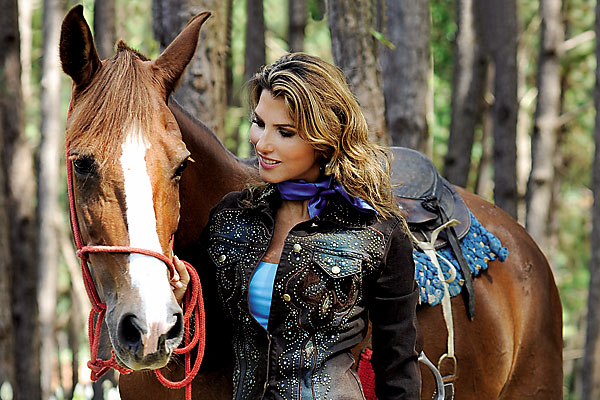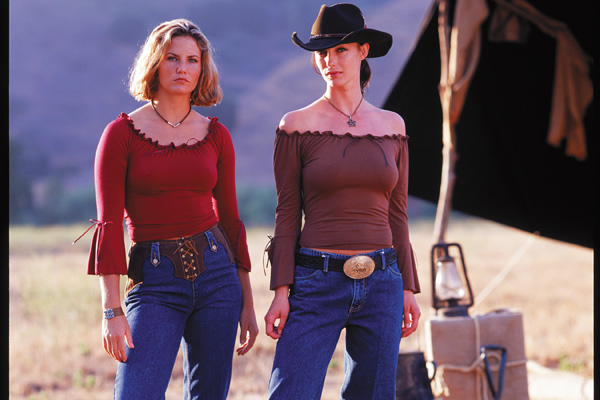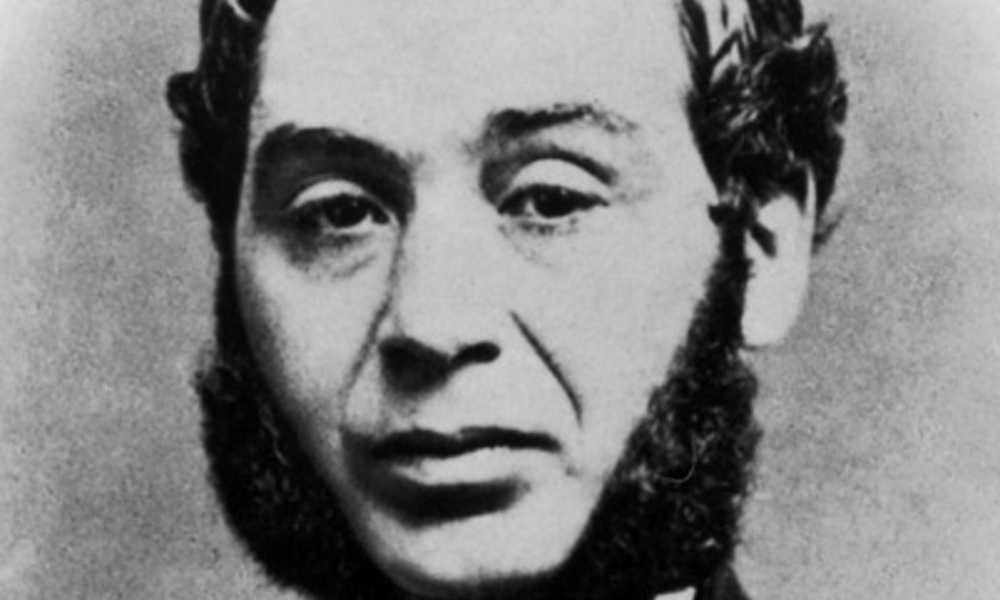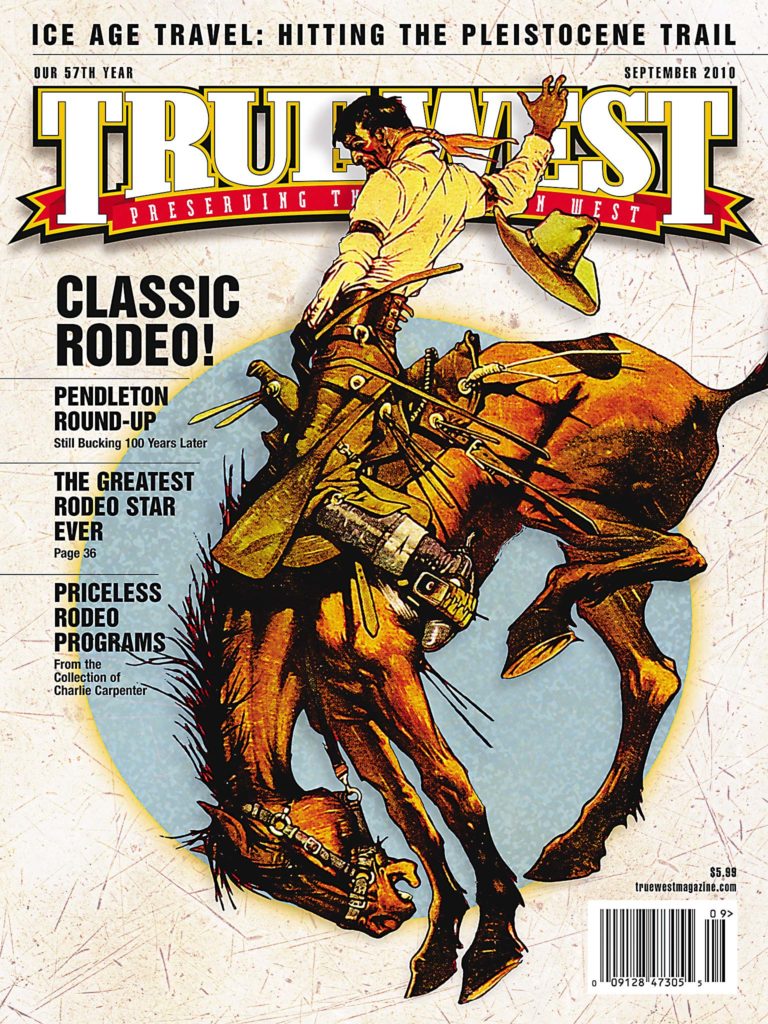
“I have often said that I wish I had invented blue jeans: the most spectacular, the most practical, the most relaxed and nonchalant. They have expression, modesty, sex appeal, simplicity – all I hope for in my clothes.”
-Yves Saint Laurent, Fashion Designer
Blue jeans started out as humble work pants invented by a pair of immigrants in the Old West.
Jacob Davis, a Latvian-born tailor making pants for miners in Reno, Nevada, struck on a clever way to keep on-seam pocket corners from tearing: he secured them with the copper rivets he used to reinforce seams on tents and horse blankets.
Davis’s pants struck gold with miners, so he decided to patent the idea. The problem was that he didn’t have the $68 filing fee, let alone the resources to produce pants in large quantities. He approached his supplier of cloth in San Francisco, California, with a partnership proposition. Levi Strauss, a German immigrant and purveyor of assorted goods to the mining camps, recognized the potential in the idea, and Davis and Strauss filed jointly in the fall of 1872. Their patent, described in the application as an “Improvement in Fastening Pocket-Openings,” was granted the following May.
The pants produced by Levi Strauss & Co.—Davis ran the factory that made the pants—were made of denim, a rugged diagonal twill fabric woven with undyed and indigo-dyed cotton thread. Beyond that, the original design hardly resembles the modern jean. These waist overalls were boxy and relied on a back cinch to tighten the pants around the waist. The pants were held up by suspenders that buttoned on the waist. (Belt loops would be added some 50 years later.) The waist overalls, as the pants would be called until the late 1950s, featured two deep front pockets, a small watch pocket and one pocket on the back.
Riveted waist overalls made from denim became standard work wear for blue collar workers across America by the turn of the 20th century. Cowboys were among those workers, and Levi Strauss & Co. courted the ranching and farming market vigorously. By 1905, the company was producing catalogs proclaiming, “All Over the West They Wear Levi Strauss & Co.’s Copper Riveted Overall.”
Cowboys were prominently displayed in Levi Strauss advertisements for the next 30 years, yet the first “cowboy” pants were not marketed until 1924 by H.D. Lee Mercantile Co. based in Salina, Kansas. The Lee pants featured a wider opening at the bottom of the leg to better fit over cowboy boots. (Lee was also the first company to offer a zipper fly, rather than the traditional button fly.) These pants were later beefed up by three ounces and were marketed to rodeo contestants as Lee Riders. In 1949 Lee introduced a line of denim pants for women, called Lady Lee Riders. Lee Westerners were introduced a decade later to expand the influence of Western styling to a more mainstream consumer.
At the end of WWII, rodeos, cowboy movies and dude ranches were important cultural touchstones for Americans, and Western wear as a fashion category was born. In 1948, Blue Bell, a denim work apparel company in Greensboro, North Carolina, hired a Philadelphia tailor named Bernard Lichtenstein to design a new pant for cowboys. Lichtenstein, a Polish immigrant, was known as Rodeo Ben because he designed arena apparel for rodeo cowboys who came to town to perform. The pants he developed for Blue Bell featured high back pockets and a proportional cut with wide, extra long legs that stacked on the foot of the boot and didn’t ride up the leg while the cowboy was in the saddle. The final version was known as the 13MWZ (13th prototype, Men’s Western Zipper). With the 13MWZ, Blue Bell launched the Wrangler brand of Western pants.
As the 1950s came to an end, denim apparel from Levi Strauss and H.D. Lee was the hot look among teenagers. During this time denim pants became known as blue jeans. Wrangler became Levi’s biggest competitor in the cowboy jeans arena and dominated it by the 1970s. In 1986, Blue Bell and Wrangler became part of VF Corporation, which also owns and produces Lee Jeans.
Meanwhile, the seminal Western shirt maker, Miller Stockman Co., acquired the Prior Co., another Denver Western shirt maker. Prior had a ladies’ jeans division called Rocky Mountain Jeans. Rockies, as the jeans were known, revolutionized fit and style in women’s jeans, and transformed the ladies’ Western jeanswear industry under Miller. In the early 1990s, Miller was renamed Rocky Mountain Clothing Co. and became a jeanswear powerhouse by introducing Cinch jeans and shirts for men, Cruel Girl jeans and tops for young women and Southern Thread jeanswear for men and women.
While Wrangler continues to dominate the Western jeans scene, Rockies and Cinch proved a market existed for alternative brands and styles. In recent years, a plethora of new jeans brands have appeared in Western apparel stores—most of which have brought in mainstream fashion influences.
This summer you’ll see new styles from familiar jeans brands like Wrangler and Cinch. You’ll also see classic and edgier jeans styles from Western brands not previously associated with jeans; Stetson and Ariat are prime examples. In addition, you’ll see high fashion concept jeans loaded with bling and attitude from Kippy’s and BrazilRoxx, or heavily abraded and ripped styles from relatively new lines like the Iron Horse Jeans Co. and Adiktd.
Imagine how surprised Davis would be to learn that the very problem he was fixing when he invented the prototype for jeans—ripped seams and torn pockets—are the height of fashion today.





